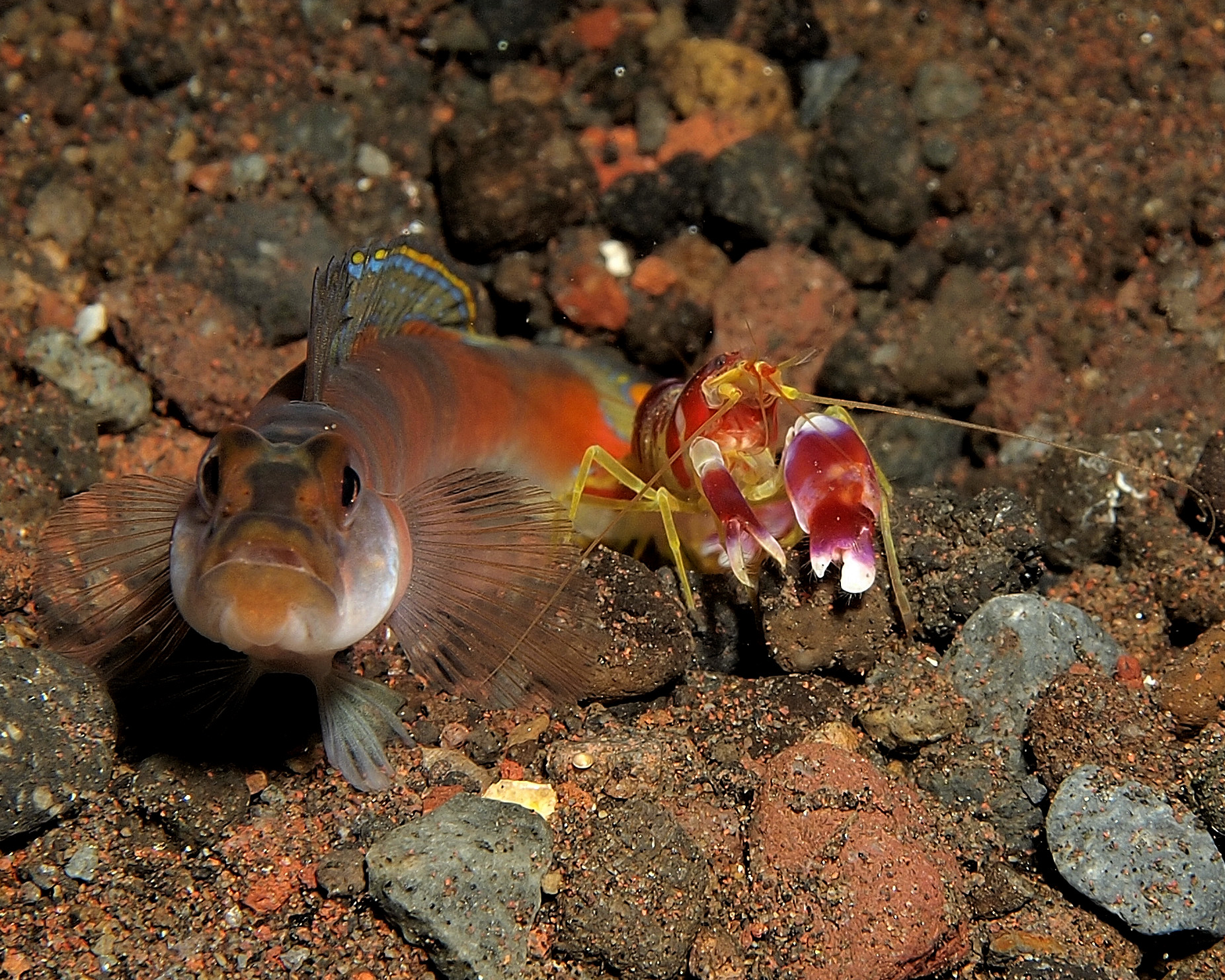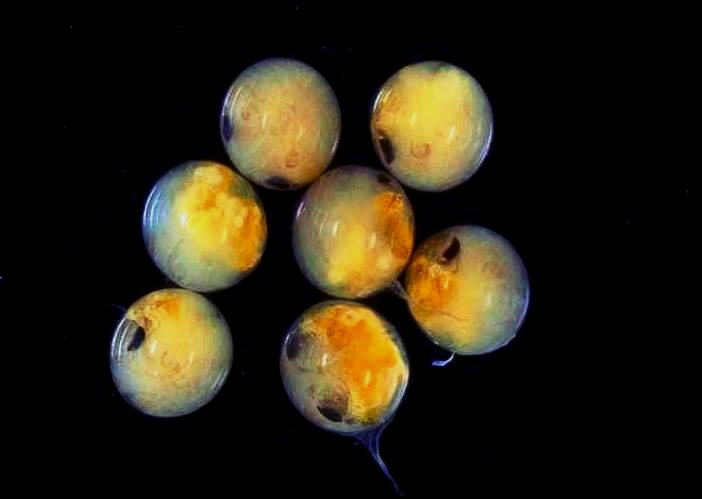|
Alpheus Bidens
The mottled snapping prawn (''Alpheus bidens'') is a species of snapping shrimp found in the Indo-West Pacific The Indo-Pacific is a vast biogeographic region of Earth. In a narrow sense, sometimes known as the Indo-West Pacific or Indo-Pacific Asia, it comprises the tropical waters of the Indian Ocean, the western and central Pacific Ocean, and the ... oceans. References External links''Alpheus bidens'' LifeDesks: Alpheidae Alpheidae Crustaceans of the Indian Ocean Crustaceans of the Pacific Ocean Crustaceans described in 1811 Taxa named by Guillaume-Antoine Olivier {{Caridea-stub ... [...More Info...] [...Related Items...] OR: [Wikipedia] [Google] [Baidu] |
Guillaume-Antoine Olivier
Guillaume-Antoine Olivier (; 19 January 1756, Les Arcs near Toulon – 1 October 1814, Lyon) was a French entomologist and naturalist. Life Olivier studied medicine in Montpellier, where he became good friends with Pierre Marie Auguste Broussonet. With Jean Guillaume Bruguière and Jean-Baptiste Lamarck, he collaborated in the creation of ''Journal d'Histoire Naturelle'' (1792). Afterwards, he served as a naturalist on a 6-year scientific journey that took him to Asia Minor, Persia, Egypt, Cyprus and Corfu. He returned to France in 1798 with a large collection of natural history specimens from his travels. Later, he was associated with the ''École nationale vétérinaire d'Alfort'', where in 1811, he was appointed professor of zoology. Olivier was a close friend of Johan Christian Fabricius and a patron of Pierre André Latreille. Although primarily an entomologist, Olivier also worked in the scientific field of herpetology, describing several new species of Asian lizards. ... [...More Info...] [...Related Items...] OR: [Wikipedia] [Google] [Baidu] |
Snapping Shrimp
Alpheidae is a family of caridean snapping shrimp, characterized by having asymmetrical claws, the larger of which is typically capable of producing a loud snapping sound. Other common names for animals in the group are pistol shrimp or alpheid shrimp. The family is diverse and worldwide in distribution, consisting of about 1,119 species within 38 or more genera. The two most prominent genera are ''Alpheus'' and ''Synalpheus'', with species numbering well over 250 and 100, respectively. Most snapping shrimp dig burrows and are common inhabitants of coral reefs, submerged seagrass flats, and oyster reefs. While most genera and species are found in tropical and temperate coastal and marine waters, ''Betaeus'' inhabits cold seas and ''Potamalpheops'' is found only in freshwater caves. When in colonies, the snapping shrimp can interfere with sonar and underwater communication. The shrimp are considered a major source of sound in the ocean. Description The "Pistol Shrimp" grows to o ... [...More Info...] [...Related Items...] OR: [Wikipedia] [Google] [Baidu] |
Indo-Pacific
The Indo-Pacific is a vast biogeographic region of Earth. In a narrow sense, sometimes known as the Indo-West Pacific or Indo-Pacific Asia, it comprises the tropical waters of the Indian Ocean, the western and central Pacific Ocean, and the seas connecting the two in the general area of Indonesia. It does not include the temperate and polar regions of the Indian and Pacific oceans, nor the Tropical Eastern Pacific, along the Pacific coast of the Americas, which is also a distinct marine realm. The term is especially useful in marine biology, ichthyology, and similar fields, since many marine habitats are continuously connected from Madagascar to Japan and Oceania, and a number of species occur over that range, but are not found in the Atlantic Ocean. The region has an exceptionally high species richness, with the world's highest species richness being found in at its heart in the Coral Triangle, and a remarkable gradient of decreasing species richness radiating outward in al ... [...More Info...] [...Related Items...] OR: [Wikipedia] [Google] [Baidu] |
Australian Faunal Directory
The Australian Faunal Directory (AFD) is an online catalogue of taxonomic and biological information on all animal species known to occur within Australia. It is a program of the Department of Climate Change, Energy, the Environment and Water of the Government of Australia. By May 12, 2021, the Australian Faunal Directory has collected information about 126,442 species and subspecies In biological classification, subspecies is a rank below species, used for populations that live in different areas and vary in size, shape, or other physical characteristics (morphology), but that can successfully interbreed. Not all species .... It includes the data from the discontinued ''Zoological Catalogue of Australia'' and is regularly updated. Started in the 1980s, it set a goal to compile a "list of all Australian fauna including terrestrial vertebrates, ants and marine fauna" and create an "Australian biotaxonomic information system".''Commonwealth Record'', Volume 5, Issues 26-34, p. 1 ... [...More Info...] [...Related Items...] OR: [Wikipedia] [Google] [Baidu] |
Department Of The Environment, Water, Heritage And The Arts
The Department of the Environment, Water, Heritage and the Arts was an Australian Government department that existed between December 2007 and September 2010. Scope Information about the department's functions and/or government funding allocation could be found in the Administrative Arrangements Orders, the annual Portfolio Budget Statements and in the department's annual reports. According to the Administrative Arrangements Order (AAO) made at the department's establishment, the department dealt with: *Environment protection and conservation of biodiversity *Air quality *National fuel quality standards *Land contamination *Meteorology *Administration of the Australian Antarctic Territory, and the Territory of Heard Island and McDonald Islands *Natural, built and movable cultural heritage *Environmental research *Water policy and resources *Cultural affairs, including support for the arts **There was a domestic Return of Indigenous Cultural Property (RICP) program run by DEWHA, ... [...More Info...] [...Related Items...] OR: [Wikipedia] [Google] [Baidu] |
Alpheidae
Alpheidae is a family of caridean snapping shrimp, characterized by having asymmetrical claws, the larger of which is typically capable of producing a loud snapping sound. Other common names for animals in the group are pistol shrimp or alpheid shrimp. The family is diverse and worldwide in distribution, consisting of about 1,119 species within 38 or more genera. The two most prominent genera are ''Alpheus'' and ''Synalpheus'', with species numbering well over 250 and 100, respectively. Most snapping shrimp dig burrows and are common inhabitants of coral reefs, submerged seagrass flats, and oyster reefs. While most genera and species are found in tropical and temperate coastal and marine waters, ''Betaeus'' inhabits cold seas and ''Potamalpheops'' is found only in freshwater caves. When in colonies, the snapping shrimp can interfere with sonar and underwater communication. The shrimp are considered a major source of sound in the ocean. Description The "Pistol Shrimp" grows to o ... [...More Info...] [...Related Items...] OR: [Wikipedia] [Google] [Baidu] |
Crustaceans Of The Indian Ocean
Crustaceans (Crustacea, ) form a large, diverse arthropod taxon which includes such animals as decapods, seed shrimp, branchiopods, fish lice, krill, remipedes, isopods, barnacles, copepods, amphipods and mantis shrimp. The crustacean group can be treated as a subphylum under the clade Mandibulata. It is now well accepted that the hexapods emerged deep in the Crustacean group, with the completed group referred to as Pancrustacea. Some crustaceans (Remipedia, Cephalocarida, Branchiopoda) are more closely related to insects and the other hexapods than they are to certain other crustaceans. The 67,000 described species range in size from '' Stygotantulus stocki'' at , to the Japanese spider crab with a leg span of up to and a mass of . Like other arthropods, crustaceans have an exoskeleton, which they moult to grow. They are distinguished from other groups of arthropods, such as insects, myriapods and chelicerates, by the possession of biramous (two-parted) limbs, and by their ... [...More Info...] [...Related Items...] OR: [Wikipedia] [Google] [Baidu] |
Crustaceans Of The Pacific Ocean
Crustaceans (Crustacea, ) form a large, diverse arthropod taxon which includes such animals as decapods, seed shrimp, branchiopods, fish lice, krill, remipedes, isopods, barnacles, copepods, amphipods and mantis shrimp. The crustacean group can be treated as a subphylum under the clade Mandibulata. It is now well accepted that the hexapods emerged deep in the Crustacean group, with the completed group referred to as Pancrustacea. Some crustaceans (Remipedia, Cephalocarida, Branchiopoda) are more closely related to insects and the other hexapods than they are to certain other crustaceans. The 67,000 described species range in size from '' Stygotantulus stocki'' at , to the Japanese spider crab with a leg span of up to and a mass of . Like other arthropods, crustaceans have an exoskeleton, which they moult to grow. They are distinguished from other groups of arthropods, such as insects, myriapods and chelicerates, by the possession of biramous (two-parted) limbs, and by their ... [...More Info...] [...Related Items...] OR: [Wikipedia] [Google] [Baidu] |
Crustaceans Described In 1811
Crustaceans (Crustacea, ) form a large, diverse arthropod taxon which includes such animals as decapods, seed shrimp, branchiopods, fish lice, krill, remipedes, isopods, barnacles, copepods, amphipods and mantis shrimp. The crustacean group can be treated as a subphylum under the clade Mandibulata. It is now well accepted that the hexapods emerged deep in the Crustacean group, with the completed group referred to as Pancrustacea. Some crustaceans (Remipedia, Cephalocarida, Branchiopoda) are more closely related to insects and the other hexapods than they are to certain other crustaceans. The 67,000 described species range in size from '' Stygotantulus stocki'' at , to the Japanese spider crab with a leg span of up to and a mass of . Like other arthropods, crustaceans have an exoskeleton, which they moult to grow. They are distinguished from other groups of arthropods, such as insects, myriapods and chelicerates, by the possession of biramous (two-parted) limbs, and by their ... [...More Info...] [...Related Items...] OR: [Wikipedia] [Google] [Baidu] |




